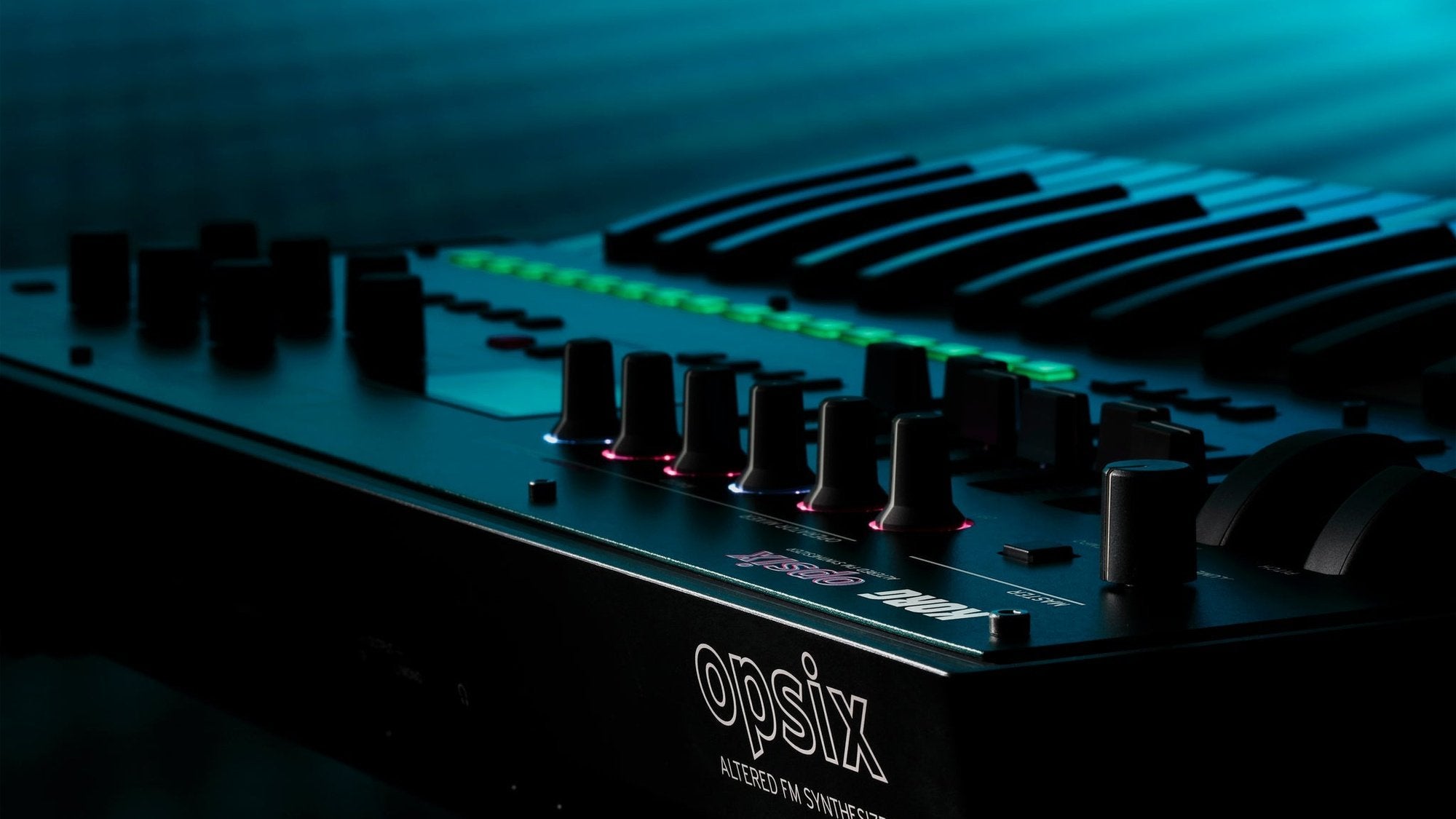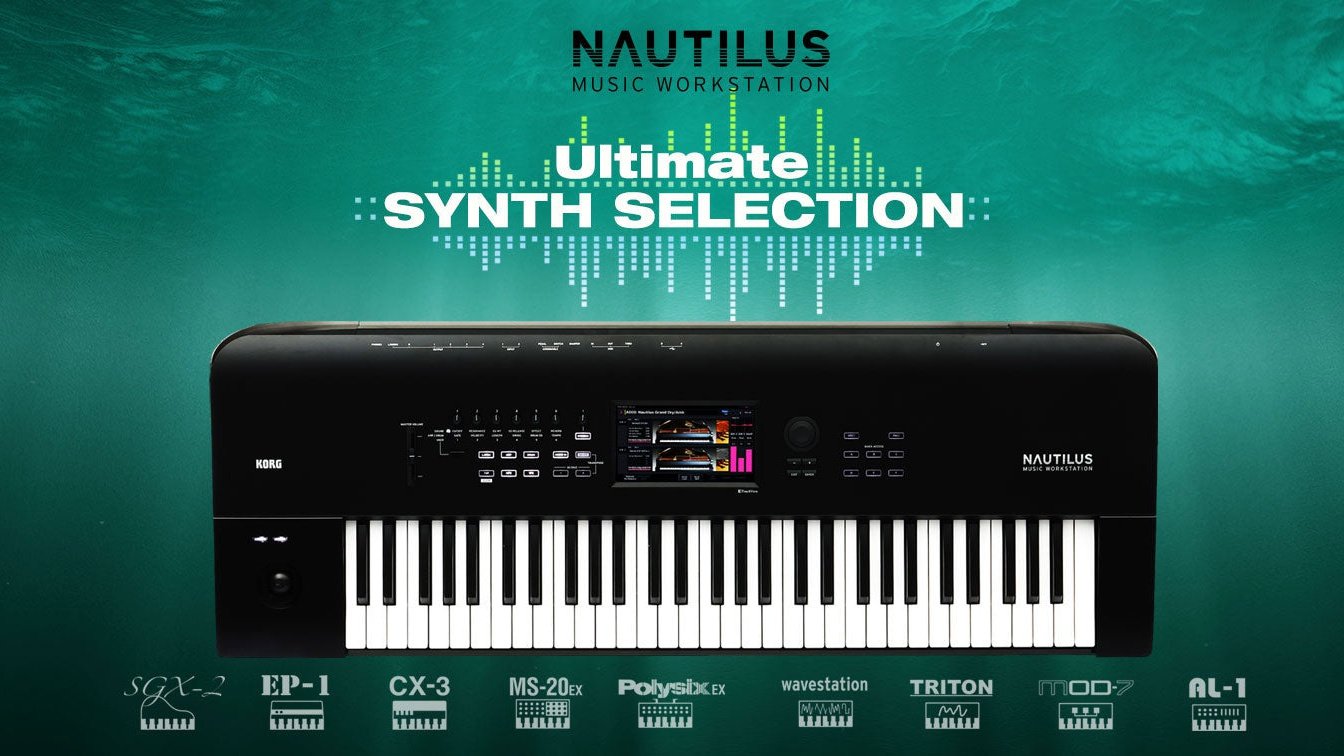It’s that time of year again, Halloween is upon us. The combination of visual and audio aspects in Halloween experiences can be quite spooky – even if you know how they work! But take any one of elements away and, although not out of the woods yet, it’s not quite so bad. Music and sound are used heavily in entertainment to heighten the emotion and drama of a scene to help fully immerse the viewer.
In the film industry, producers harnessed the power of sound to enhance the impact of their productions. The theme tune to Jaws is a fantastic example: as soon as you hear the famous semi-tone cello melody you know that the great white shark could be making an appearance, putting you on the edge of your seat. In the film industry, this is known as an “audio threat cue” or “pleonastic sound” and is used to create psychological tension. As this music begins, the events on screen may be nothing out of the ordinary but the music communicates an impending threat despite the characters having no apparent awareness of the situation. Of course, this works in any movie situation and is used to create positive feelings that everything will be ok!
Scoring “Gravestate”
The score used in Gravestate involves a combination of pleonastic sounds (also called “parallel sounds”) matching the scene to give a sense of danger. Had we used a more upbeat score, known as “contrapuntal” in this context, it would have been at odds with what was going on… for all the audience knows the group of kids could have been going to a party!
As our segment begins you are also hearing what’s called “non-diegetic sounds” – these are audio elements not present in the world of the scene but are added for enrichment. “Diegetic sounds” on the other hand have a physical origin within the scene – things such as footsteps, doors creaking, or talking between characters. Some movies, such as the Blair Witch Project strip out non-diegetic sounds, this attempts to add authenticity and trick the viewer into believing the movie is more real than fiction.
Putting it all together
The team behind for “Gravestate” are Luke Edwards and Andy Pullen from Korg UK. We took some time to sit down and walk through how it was produced.
“The first step in the process was sourcing the visual elements” says Andy. “We used a variety of online sources – there’s so many places you can find which provide both free and licenced stock footage and imagery for professional and aspiring filmmakers alike”.
After the film clips were edited into a story line, it was passed over to Luke who began to add the audio elements.
“As you would expect, the score and FX were created in a DAW, in this case I used Logic” says Luke. “The first step was to create a tempo map to match the pace of the movie, as well as time signature changes where the music needed to reflect the action”.
The process of building this temp map is a notoriously tricky job – not only relying on Luke’s skill, but also his feel and interpretation of the scenes.
Luke and Andy describe how the process moved on from there: “Over several days, the file went back and forth between the us, we fine-tuned every detail and moment within the video until the final product was ready”.
“It’s incredible to think that every single sound heard in Gravestate comes from the Korg Wavestate, the majority being from the presets! Naturally, there were a few edits but it’s mainly factory sounds stripped back a little with the layers rebalanced” says Luke. “We didn’t even use outboard effects processing, all the effects come from Wavestate!”.


